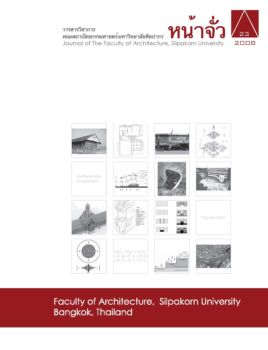Camillo Sitte and Evolution of Ancient Towns
Keywords:
Camillo Sitte, Artistic Principle, town planning theoryAbstract
The role of history and memory and the concepts of space and time are important concerns in the nineteenth century arts of city building. The nineteenth century put into questions not only the relationship between history and the city but
also the public realm of the city, the reweaving of city fabric. Questions arose such as what aspects of city plan resist change and which do not, or what structure or forms have evolved slowly over time.
Analogous to living organism and the pattern of its internal organs, can a town be considered and studied in terms of its working members and patterns? If so, what can one learn from such analogy? In The Art of Building Cities (Der Städtebau), published in 1889, Camillo Sitte offered an analysis of successful public spaces in ancient towns in terms of patterns and relationship of town elements, the sequence and complexity of plazas and streets. He endeavored to derive from these examples the abstract principles which possibly formed the basis of their beauty. Once these principles were understood, they could be followed again. Sitte’s “Artistic Principles” were addressed in terms of the pattern and optical principles. Both the street patterns and the treatment at the face of the building are important to the physiognomy of the city.





